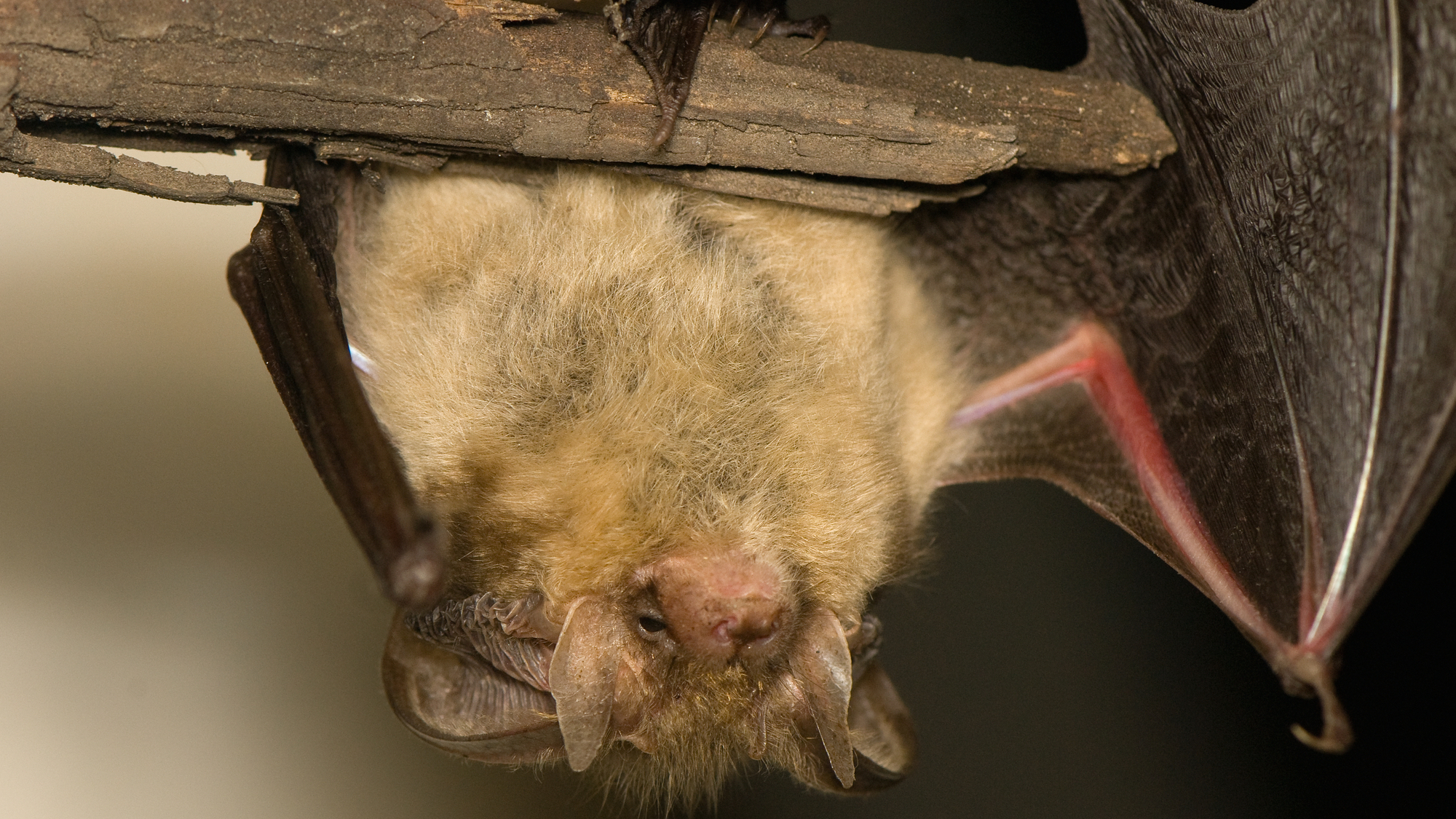

Echolocation is an immense benefit for bats—and certain superheroes. Typically, the sense works via the brain interpreting sound waves bouncing off nearby surroundings to estimate information such as size and distance. Users of echolocation usually generate the sounds themselves via high-pitched clicks and pings, as is the case with bat, dolphins, and whales.
Now, researchers working at Switzerland’s Ecole Polytechnique Fédérale de Lausanne (EPFL) recently extended the sensory ability to the field of robotics, with some very promising results. As first detailed in the journal, Robotics and Automation Letters, and subsequently highlighted on Thursday by New Scientist, Frederike Dümbgen—now at the University of Toronto—and her team managed to combine a simple, cheap microphone and speaker array for both wheeled and flying robots.
[Related: When wind turbines kill bats and birds, these scientists want the carcasses.]
The cost-effective system essentially works exactly like bats’ sensory organs by first emitting short pings across a range of frequencies, then using the robot’s onboard microphone to record the sounds after bouncing off nearby walls. An algorithm designed by Dümbgen’s team next analyzes how the sound waves interfere with its own echoes, and subsequently reconstructs the rough dimensions of the room.
According to their results, a stationary robot about the size of a tennis ball could map within two centimeters’ accuracy when placed half a meter away from a wall, while the flying drone could manage within eight meters. This is a relatively far cry from the accuracy of advanced camera and laser options, but a solid alternative for its comparative light weight and cost.
[Related: How humans can echolocate like bats.]
Yet using just this basic robotic echolocation system could soon show immense promise in difficult-to-map or completely foreign environments, as well as search-and-rescue operations, as New Scientist offers. Its ability to already attach to off-the-shelf robot models—in this case, a Crazyflie and an e-puck—also makes it incredibly versatile for additional designs. For future iterations, Dümbgen’s team hopes to hone the system’s accuracy, as well as potentially phase out audible pinging setup to instead just measure inherent sound such as the flying robot’s own propellers.
Correction 2/7/23: A previous version of this article misattributed the research as taking place at the University of Toronto. Dümbgen’s research was conducted at Switzerland’s Ecole Polytechnique Fédérale de Lausanne.















